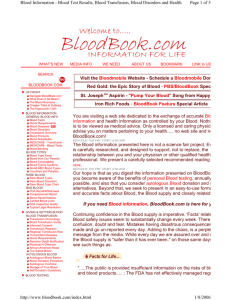8.5 Blood transfusions and blood donors
advertisement
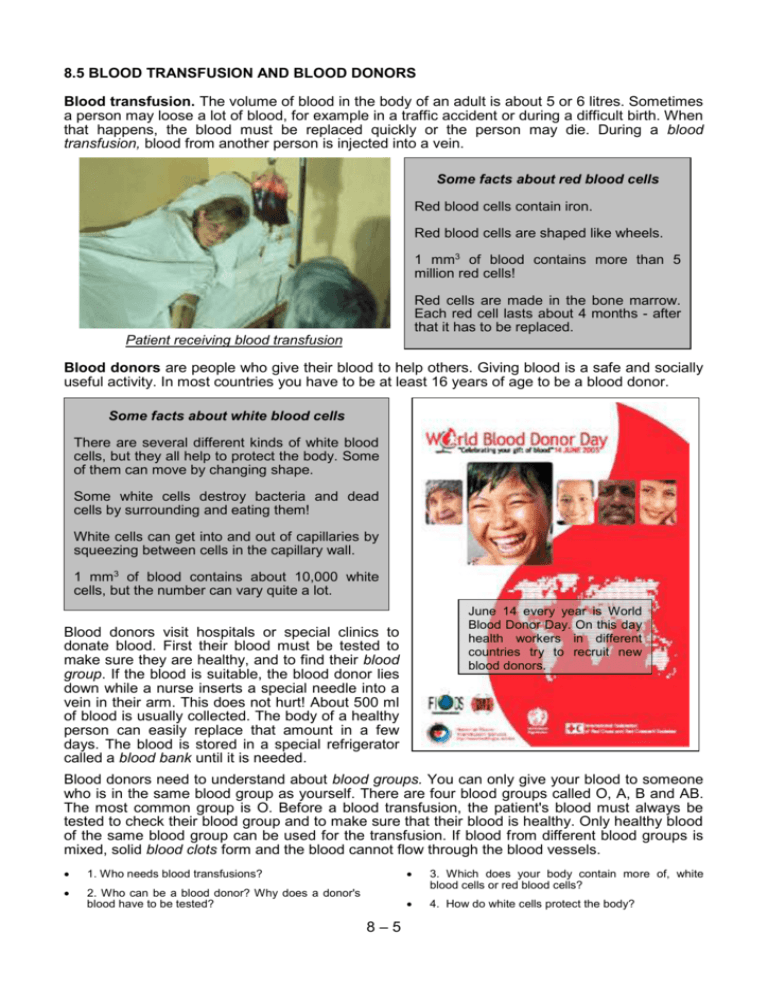
8.5 BLOOD TRANSFUSION AND BLOOD DONORS Blood transfusion. The volume of blood in the body of an adult is about 5 or 6 litres. Sometimes a person may loose a lot of blood, for example in a traffic accident or during a difficult birth. When that happens, the blood must be replaced quickly or the person may die. During a blood transfusion, blood from another person is injected into a vein. Some facts about red blood cells Red blood cells contain iron. Red blood cells are shaped like wheels. 1 mm3 of blood contains more than 5 million red cells! Red cells are made in the bone marrow. Each red cell lasts about 4 months - after that it has to be replaced. Patient receiving blood transfusion Blood donors are people who give their blood to help others. Giving blood is a safe and socially useful activity. In most countries you have to be at least 16 years of age to be a blood donor. Some facts about white blood cells There are several different kinds of white blood cells, but they all help to protect the body. Some of them can move by changing shape. Some white cells destroy bacteria and dead cells by surrounding and eating them! White cells can get into and out of capillaries by squeezing between cells in the capillary wall. 1 mm3 of blood contains about 10,000 white cells, but the number can vary quite a lot. June 14 every year is World Blood Donor Day. On this day health workers in different countries try to recruit new blood donors. Blood donors visit hospitals or special clinics to donate blood. First their blood must be tested to make sure they are healthy, and to find their blood group. If the blood is suitable, the blood donor lies down while a nurse inserts a special needle into a vein in their arm. This does not hurt! About 500 ml of blood is usually collected. The body of a healthy person can easily replace that amount in a few days. The blood is stored in a special refrigerator called a blood bank until it is needed. Blood donors need to understand about blood groups. You can only give your blood to someone who is in the same blood group as yourself. There are four blood groups called O, A, B and AB. The most common group is O. Before a blood transfusion, the patient's blood must always be tested to check their blood group and to make sure that their blood is healthy. Only healthy blood of the same blood group can be used for the transfusion. If blood from different blood groups is mixed, solid blood clots form and the blood cannot flow through the blood vessels. 1. Who needs blood transfusions? 2. Who can be a blood donor? Why does a donor's blood have to be tested? 3. Which does your body contain more of, white blood cells or red blood cells? 4. How do white cells protect the body? 8–5

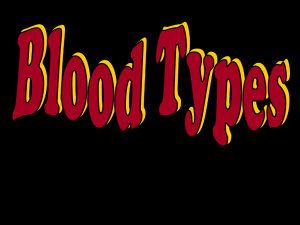
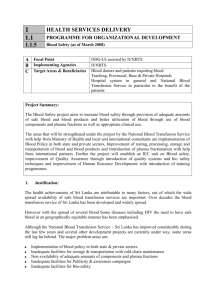



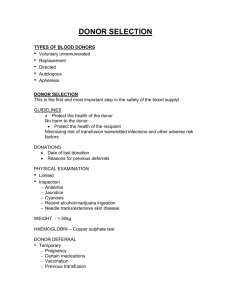
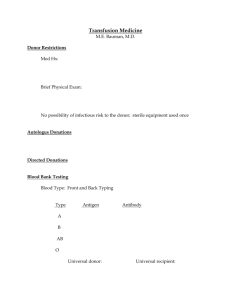
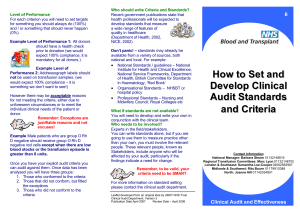
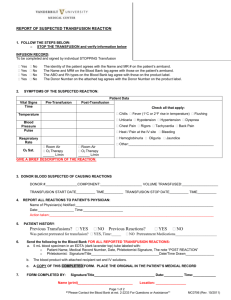

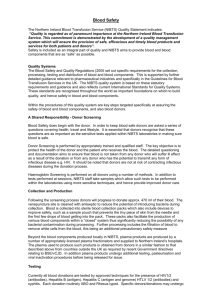
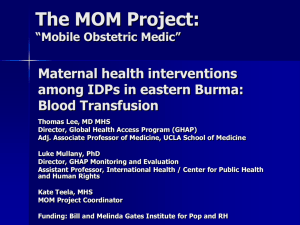
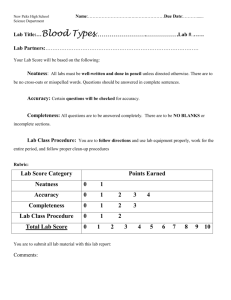
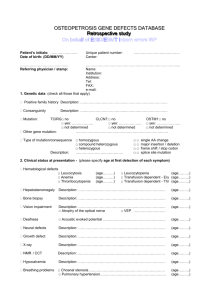
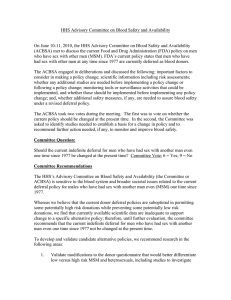
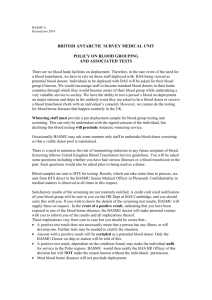

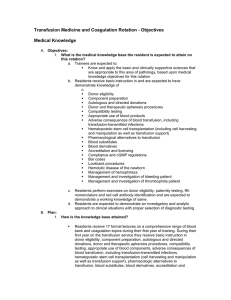
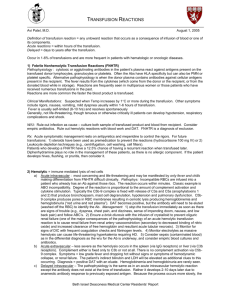
![Blood Component Therapy [PPT]](http://s3.studylib.net/store/data/009392653_1-64c240e153b4b71c43e1d53c7db25bee-300x300.png)
